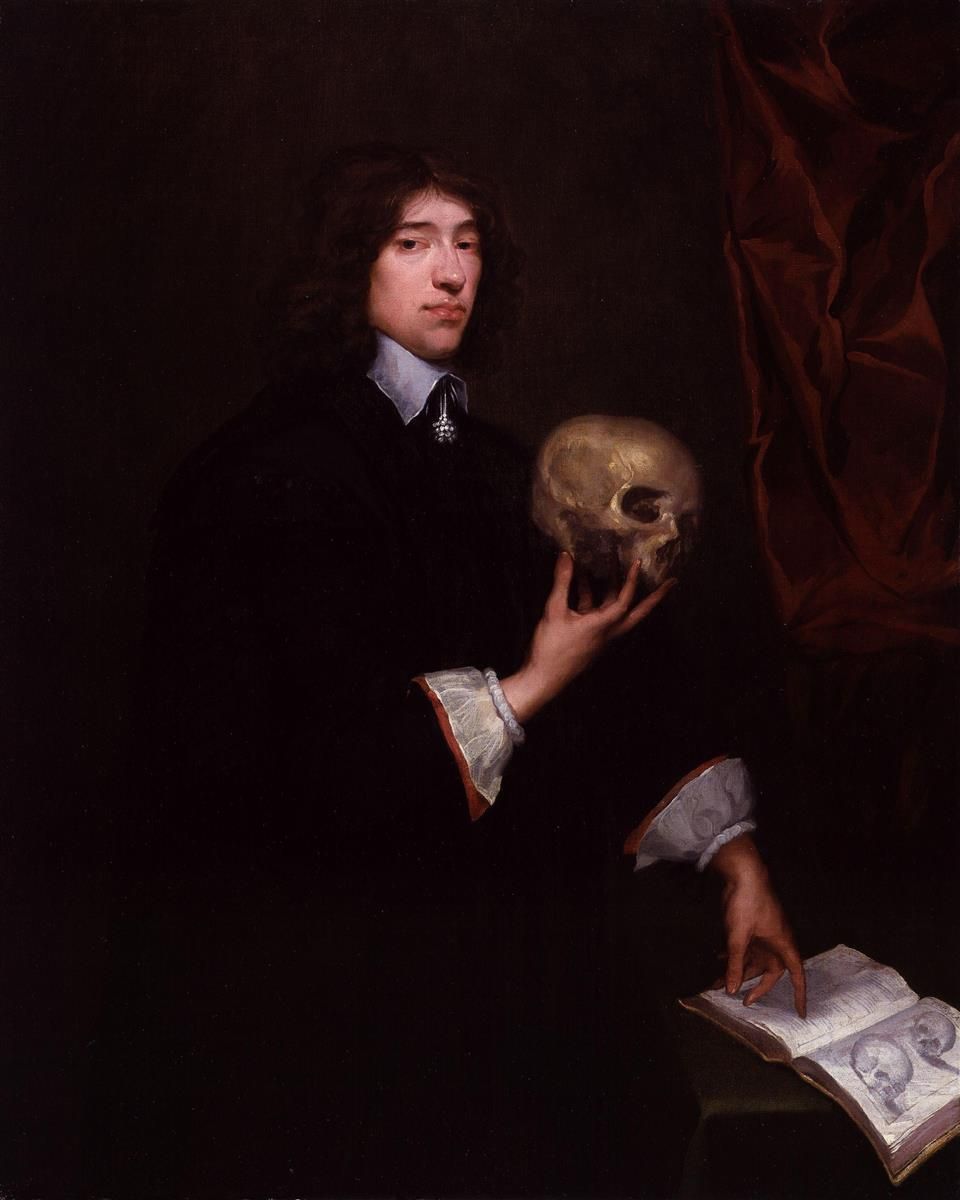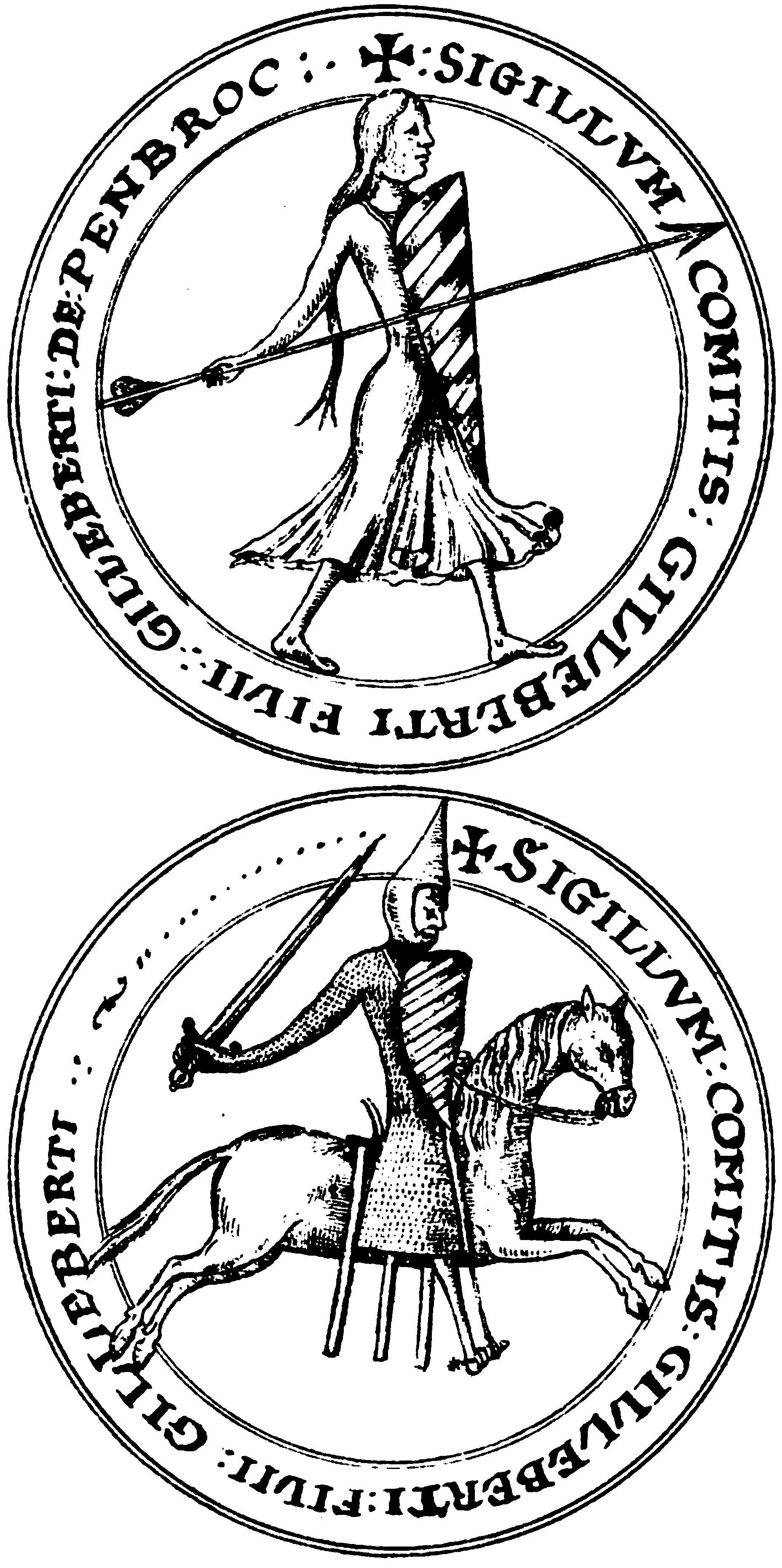|
Pender's Census Of Ireland
Pender's Census, or Petty's Census, was undertaken by the English economist William Petty between December 1654 and 1659. This 'census' was completed on behalf of the Commonwealth government probably as part of the Down Survey. Content The census provides returns of the inhabitants of most of the country, arranged in counties, baronies, parishes and townlands. The counties of Cavan, Galway, Wicklow, Mayo, Tyrone and most of Meath are not included. The number of English, Irish and Scotch in each townland was also noted. These designations of nationality are vague; 'Irish' may refer to those who speak the language and English may refer to only the newest settlers. The 'Scotch' are found widespread in Ulster, with the exception of Co. Monaghan and Co. Antrim. This census gives no Scotch settlers in the provinces of Munster and Connacht , where the Irish outnumber the English by a ten to one ratio. In addition to this, the 'census' also recorded the names of those with titles to land an ... [...More Info...] [...Related Items...] OR: [Wikipedia] [Google] [Baidu] |
William Petty
Sir William Petty FRS (26 May 1623 – 16 December 1687) was an English economist, physician, scientist and philosopher. He first became prominent serving Oliver Cromwell and the Commonwealth in Ireland. He developed efficient methods to survey the land that was to be confiscated and given to Cromwell's soldiers. He also remained a significant figure under King Charles II and King James II, as did many others who had served Cromwell. Petty was also a scientist, inventor, and merchant, a charter member of the Royal Society, and briefly a Member of the Parliament of England. However, he is best remembered for his theories on economics and his methods of ''political arithmetic''. He is attributed with originating the laissez-faire economic philosophy. He was knighted in 1661. He was the great-grandfather of the 1st Marquess of Lansdowne (better known to history as the 2nd Earl of Shelburne), who served as Prime Minister of Great Britain, 1782–1783. Life Early life Petty ... [...More Info...] [...Related Items...] OR: [Wikipedia] [Google] [Baidu] |
Down Survey
The Down Survey was a cadastral survey of Ireland, carried out by English scientist, William Petty, in 1655 and 1656. The survey was apparently called the "Down Survey" by Petty, either because the results were set down in maps or because the surveyors made use of Gunther's chain, which had to be "laid down" with every measure. Background In August 1649, the New Model Army, led by Oliver Cromwell, went to Ireland to re-occupy the country following the Irish Rebellion of 1641. This Cromwellian conquest was largely complete by 1652. This army was raised and supported by money advanced by private individuals, subscribed on the security of 2,500,000 acres (10,000 km2) of Irish land to be confiscated at the close of the rebellion. This approach had been provided for by the 1642 Adventurers Act of the Long Parliament, which said that the Parliament's creditors could reclaim their debts by receiving confiscated land in Ireland. The Act for the Settlement of Ireland 1652 prov ... [...More Info...] [...Related Items...] OR: [Wikipedia] [Google] [Baidu] |
Irish Language
Irish ( Standard Irish: ), also known as Gaelic, is a Goidelic language of the Insular Celtic branch of the Celtic language family, which is a part of the Indo-European language family. Irish is indigenous to the island of Ireland and was the population's first language until the 19th century, when English gradually became dominant, particularly in the last decades of the century. Irish is still spoken as a first language in a small number of areas of certain counties such as Cork, Donegal, Galway, and Kerry, as well as smaller areas of counties Mayo, Meath, and Waterford. It is also spoken by a larger group of habitual but non-traditional speakers, mostly in urban areas where the majority are second-language speakers. Daily users in Ireland outside the education system number around 73,000 (1.5%), and the total number of persons (aged 3 and over) who claimed they could speak Irish in April 2016 was 1,761,420, representing 39.8% of respondents. For most of recorded ... [...More Info...] [...Related Items...] OR: [Wikipedia] [Google] [Baidu] |
Lansdowne Manuscripts
The Lansdowne manuscripts are a significant named collection of the British Library, based on the collection of William Petty, 1st Marquess of Lansdowne. The purchase of the collection by the British Museum was in 1807.''Dictionary of National Biography'', Kennett, White, D.D. (1660–1728), bishop of Peterborough, by Thompson Cooper. Published 1892. The main features of the collection, as outlined by Nicholas Harris Nicolas, are:Sir Nicholas Harris Nicolas, ''A Description of the Contents, Objects, and Uses of the Various Works Printed by Authority of the Record Commission'' (1831), pp. 106–7Google Books *State papers and correspondence of Lord Burghley. *Papers of Sir Julius Caesar. *Papers of White Kennett; his manuscripts passed to James West and so to Lansdowne. *Historical papers from the 15th century to 18th century, relating to major figures in English history. *William Petyt's parliamentary papers, and papers of legal interest. *Topographical and heraldic collections. ... [...More Info...] [...Related Items...] OR: [Wikipedia] [Google] [Baidu] |
Bowood House
Bowood is a Grade I listed Georgian country house in Wiltshire, England, that has been owned for more than 250 years by the Fitzmaurice family. The house, with interiors by Robert Adam, stands in extensive grounds which include a garden designed by Lancelot "Capability" Brown. It is adjacent to the village of Derry Hill, halfway between Calne and Chippenham. The greater part of the house was demolished in 1956. Since 1754 the estate has been the seat of the Earls of Shelburne, created Marquess of Lansdowne in 1784. The ninth and present Marquess is Charles Petty-Fitzmaurice. History The first house at Bowood was built circa 1725 on the site of a hunting lodge, by the former tenant Sir Orlando Bridgeman, 2nd Baronet, who had purchased the property from the Crown. His grandfather Sir Orlando Bridgeman, Lord Chief Justice of the Common Pleas, had been granted the lease by Charles II. Bridgeman got into financial strife, and in 1739 under a Chancery decree, the house and park ... [...More Info...] [...Related Items...] OR: [Wikipedia] [Google] [Baidu] |
Wiltshire
Wiltshire (; abbreviated Wilts) is a historic and ceremonial county in South West England with an area of . It is landlocked and borders the counties of Dorset to the southwest, Somerset to the west, Hampshire to the southeast, Gloucestershire to the north, Oxfordshire to the northeast and Berkshire to the east. The county town was originally Wilton, after which the county is named, but Wiltshire Council is now based in the county town of Trowbridge. Within the county's boundary are two unitary authority areas, Wiltshire and Swindon, governed respectively by Wiltshire Council and Swindon Borough Council. Wiltshire is characterised by its high downland and wide valleys. Salisbury Plain is noted for being the location of the Stonehenge and Avebury stone circles (which together are a UNESCO Cultural and World Heritage site) and other ancient landmarks, and as a training area for the British Army. The city of Salisbury is notable for its medieval cathedral. Swindon is the ... [...More Info...] [...Related Items...] OR: [Wikipedia] [Google] [Baidu] |
Royal Irish Academy
The Royal Irish Academy (RIA; ga, Acadamh Ríoga na hÉireann), based in Dublin, is an academic body that promotes study in the sciences, humanities and social sciences. It is Ireland's premier List of Irish learned societies, learned society and one its leading List of Irish cultural institutions, cultural institutions. The Academy was established in 1785 and granted a royal charter in 1786. the RIA has around 600 members, regular members being Irish residents elected in recognition of their academic achievements, and Honorary Members similarly qualified but based abroad; a small number of members are elected in recognition of non-academic contributions to society. Until the late 19th century the Royal Irish Academy was the owner of the main national collection of Irish antiquities. It presented its collection of archaeological artefacts and similar items, which included such famous pieces as the Tara Brooch, the Cross of Cong and the Ardagh Chalice to what is now the Na ... [...More Info...] [...Related Items...] OR: [Wikipedia] [Google] [Baidu] |
Poll Tax
A poll tax, also known as head tax or capitation, is a tax levied as a fixed sum on every liable individual (typically every adult), without reference to income or resources. Head taxes were important sources of revenue for many governments from ancient times until the 19th century. In the United Kingdom, poll taxes were levied by the governments of John of Gaunt in the 14th century, Charles II in the 17th and Margaret Thatcher in the 20th century. In the United States, voting poll taxes (whose payment was a precondition to voting in an election) have been used to disenfranchise impoverished and minority voters (especially under Reconstruction). By their very nature, poll taxes are considered regressive. Many other economists brand them as highly harmful taxes for low incomes (100 monetary units of a fortune of 10,000 represent 1% of said wealth, while 100 monetary units of a fortune of 500 represents 20%). Its acceptance or "neutrality" (there is no truly neutral tax on the p ... [...More Info...] [...Related Items...] OR: [Wikipedia] [Google] [Baidu] |
Civil Survey
The Civil Survey was a cadastral survey of landholdings in Ireland carried out in 1654–56. It was separate from the Down Survey, which began while the Civil Survey was in progress, and made use of Civil Survey data to guide its progress. Whereas the Down Survey was a cartographic survey based on measurements in the field, the Civil Survey was an inquisition which visited each barony and took depositions from landholders based on parish and townland, with written descriptions of their boundaries. The Civil Survey covered 27 of Ireland's 32 counties, excluding 5 counties in Connacht which had been covered in the 1630s by the Strafford survey commissioned by Thomas Wentworth, 1st Earl of Strafford. The original Civil Survey records were destroyed by fire in 1711, but a set of copies for 10 counties was discovered in the 19th century. References Sources *Irish Manuscripts Commission The Irish Manuscripts Commission was established in 1928 by the newly founded Irish Free State wit ... [...More Info...] [...Related Items...] OR: [Wikipedia] [Google] [Baidu] |
Censuses In The United Kingdom
Coincident full censuses have taken place in the different jurisdictions of the United Kingdom every ten years since 1801, with the exceptions of 1941 (during the Second World War), Ireland in 1921/Northern Ireland in 1931,https://www.nisra.gov.uk/sites/nisra.gov.uk/files/publications/1926-census-preliminary-report.PDF and Scotland in 2021. In addition to providing detailed information about national demographics, the results of the census play an important part in the calculation of resource allocation to regional and local service providers by the UK government. The most recent UK census took place in England, Wales and Northern Ireland on 21 March 2021. Because of the COVID-19 pandemic, the census in Scotland was delayed to 20 March 2022. History Tax assessments (known in the later Empire as the indiction) were made in Britain in Roman times, but detailed records have not survived. In the 7th century AD, Dál Riata (parts of what is now Scotland and Northern Ireland) conduc ... [...More Info...] [...Related Items...] OR: [Wikipedia] [Google] [Baidu] |



